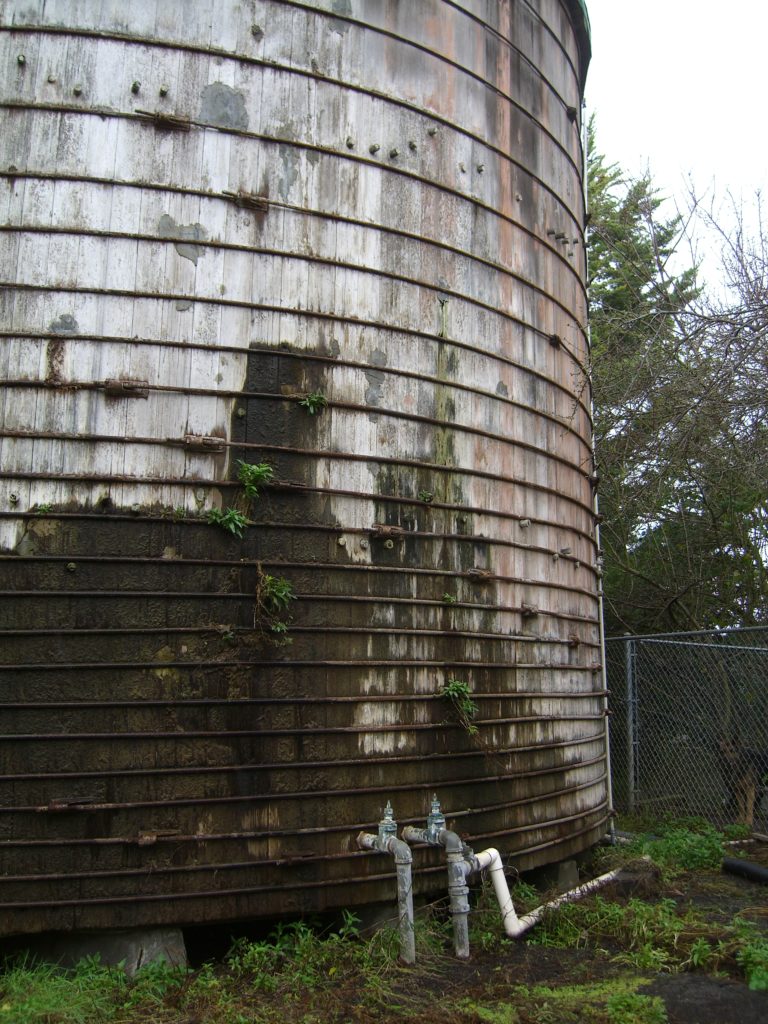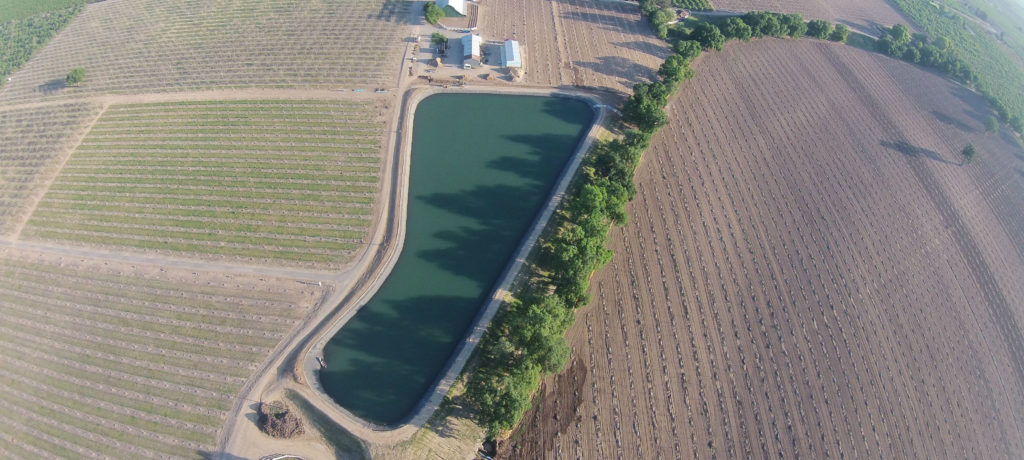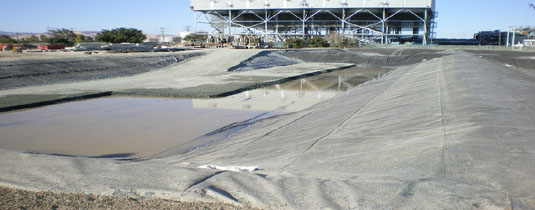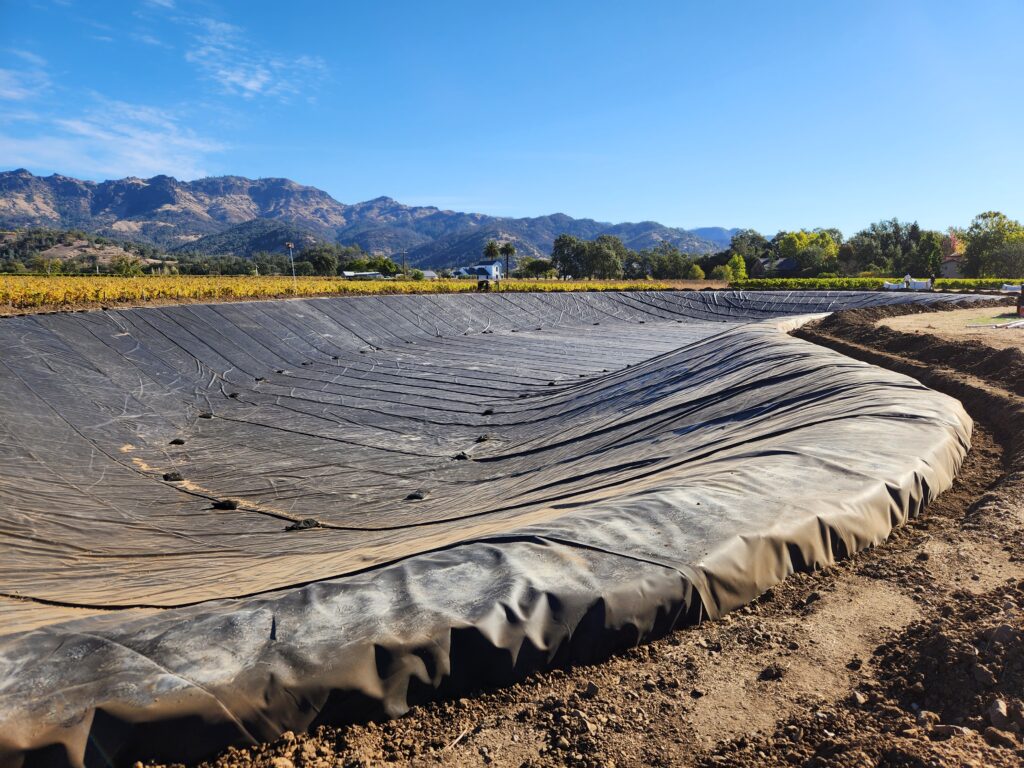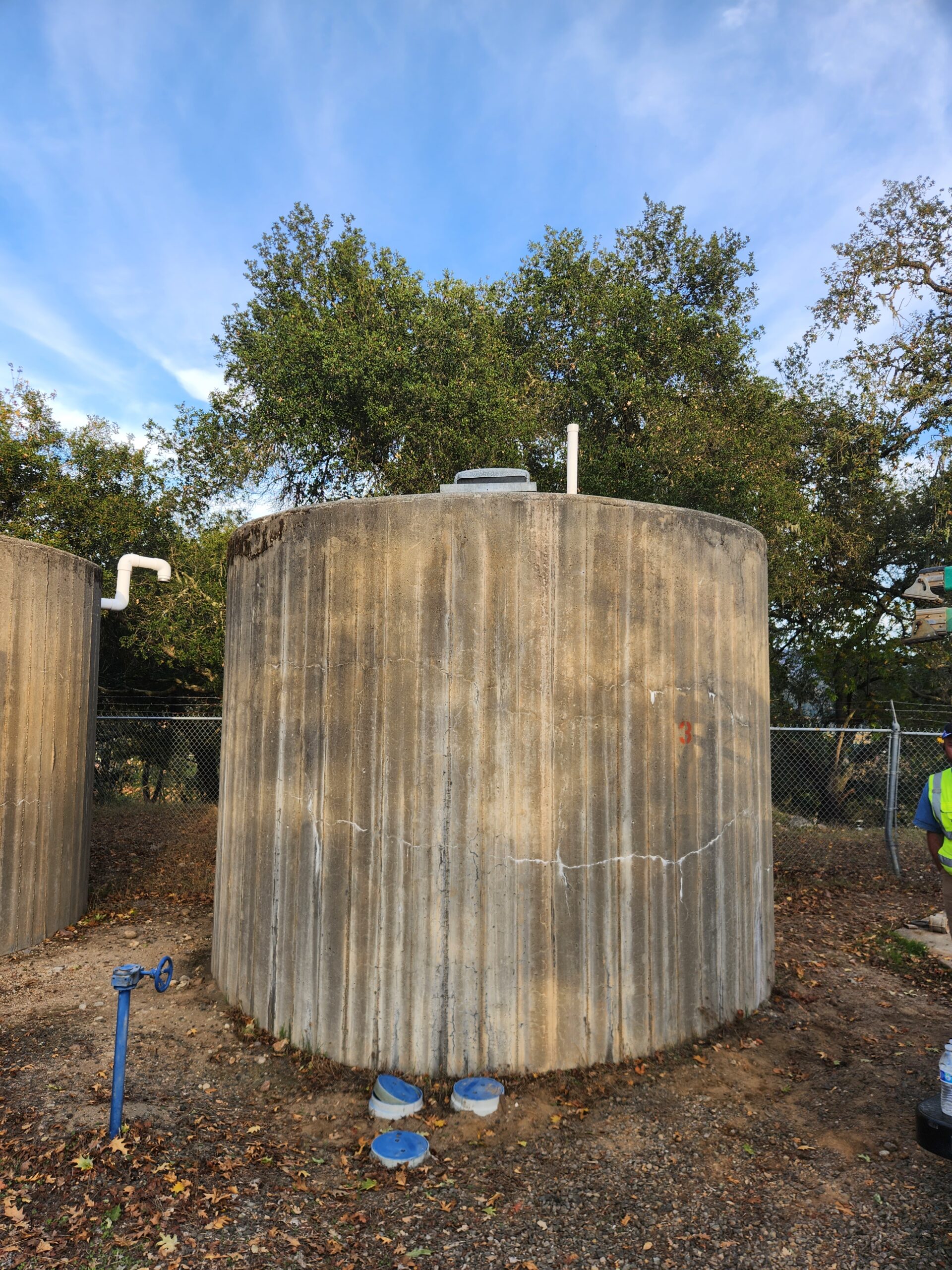
Self-Install Tank Liner: Tips & Challenges
A water tank, a vital component of your infrastructure, ensures a consistent and reliable water supply. However, over time, wear and tear can lead to leaks, compromising its efficiency. Self-install tank liner is crucial before replacing your entire water tank, allowing you to identify and fix potential leaks proactively. Read more on why a water storage tank might succumb to leaks, explore repair options, and implement preventive measures.
Water tank liners play a pivotal role in ensuring the integrity and longevity of your water storage system. If you’re considering installing a tank liner yourself, it’s crucial to understand the ins and outs of the process to make informed decisions. In this comprehensive guide, we’ll delve into the essentials, complexities, and considerations associated with self-installing water tank liners.
The Essentials of Self-Install Tank Liners: A Foundation for Understanding
Before we embark on the journey of self-installation, let’s establish a foundational understanding of water tank liners. These liners serve as protective layers, safeguarding your tank against corrosion, leaks, and contamination. Opting for a self-install tank liner empowers you to take charge, ensuring a seamless and secure water storage solution.
Is a Self-Install Tank Liner Right for You?
Contemplating a self-install tank liner prompts the need for careful consideration. Factors such as your familiarity with DIY projects, the type of tank you own, and the time commitment required should influence your decision. We explore these considerations, offering a candid assessment to guide you in determining if self-installation aligns with your capabilities and expectations.
Difficulty and Complexity in Self-Install Tank Liner Installation
While self-installation is an empowering endeavor, it’s essential to acknowledge the difficulty and complexity inherent in the process. Factors such as the type of tank, surface preparation, and addressing unexpected issues can pose challenges. Our team guides you through this process with an insightful guide that provides insights into these complexities, helping you gauge the level of expertise required for a successful installation.
This empowering decision not only offers you cost savings but instills a sense of accomplishment as you contribute to the integrity and longevity of your water storage system. With each step, you shape the outcome, turning a potential challenge into a rewarding achievement.
Acknowledging Difficulty and Complexity in Self-Installing Tank Liners
As you venture into the realm of self-install tank liner projects, understanding and acknowledging the inherent difficulty and complexity are paramount. This awareness forms the foundation for realistic expectations, preventing frustration and ensuring a methodical approach to potential challenges. Recognizing that each water tank has its unique characteristics and intricacies, our team’s guide serves as a compass, providing the necessary insights to navigate the complexities with confidence and clarity.
Type of Tank Variation and DIY Tank Liner Installation
Water tanks come in diverse materials, and each type brings its own set of challenges to the installation process. Whether it’s the robust nature of steel, the porous quality of concrete, or the distinct characteristics of redwood, tailored approaches become essential. Our guide acknowledges how to best approach the variety. This comprehensive understanding allows you to approach the installation with precision, knowing that your methods align with the specific demands of your chosen tank material.
Surface Preparation Significance in DIY Tank Liner Installation
The success of your self-install tank liner hinges on the preparation of the tank’s surface. The significance of surface preparation cannot be overstated, as the adherence of the liner depends on factors like smoothness or roughness. Our guide not only emphasizes the importance of surface preparation but provides detailed instructions and best practices, ensuring that you create an optimal environment for the liner to perform effectively.
Addressing Unexpected Issues in DIY Tank Liner Installation
Despite meticulous planning, unexpected challenges can emerge during the installation process. It’s here that your ability to swiftly identify and resolve issues becomes crucial. Our guide acts as a troubleshooter, offering proactive solutions to common problems. With this resource at your disposal, you’ll be equipped to address unexpected issues with confidence, maintaining the momentum of your self-install tank liner journey.
The Installation Process: Breaking Down the Self-Install Tank Liner Steps
Self-install tank liner involves a series of meticulous steps. From preparing the tank’s surface to securing the liner with batten bars and addressing pipe penetrations, each phase demands attention to detail. In our guide, we outline these steps and offer expert tips to navigate potential challenges.
Preparing for Success: Essential Supplies Before Your DIY Tank Liner Installation
Ensuring that you have these essential tools at your disposal will set the foundation for a smooth and efficient installation process. Now, let’s dive into the detailed steps that will guide you through achieving an expertly-installed self-install tank liner. It all begins with proper preparation. Each step is accompanied by our team’s professional tips to enhance your understanding and guarantee optimal performance for your water tank liners. Once you decide to tackle installing a tank liner yourself, our guide provides a detailed list of all you need to ensure your success.
Empowering Your Water Storage Journey with DIY Tank Liner Installation
Determining whether a DIY approach is right for your self-install tank liner project hinges on your comfort level with do-it-yourself projects, the type of tank you own, and the available time commitment. Our team’s professional comprehensive guide provides valuable insights and considerations to facilitate an informed decision-making process.
If you’re well-prepared and enthusiastic about taking on this project, we commend you. However, if lingering questions persist or uncertainties arise, our team is ready to provide support.
Conclusion
By investing in the self-install tank liner, you can protect your resources, safeguard the integrity of your water storage system, and enhance your operations. This modern solution shows how new technology can work with traditional practices to create a more sustainable future for water storage.
Feel free to reach out for additional information, guidance, or to discuss your specific needs. We are committed to ensuring you have the knowledge and assistance necessary for a successful self-install tank liner.
For further information, please reach out either via our contact form below or email us.

